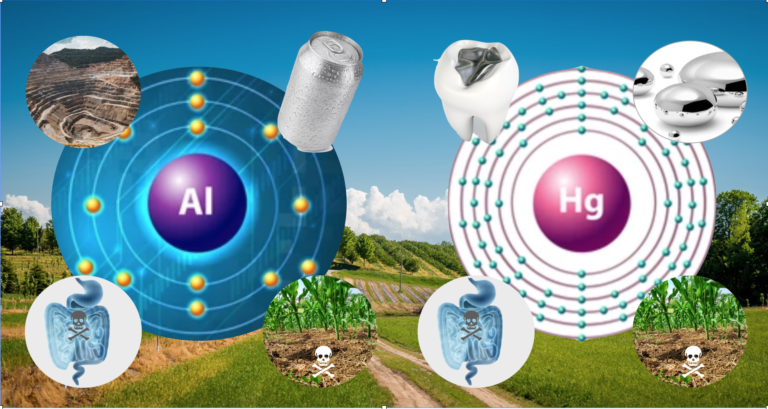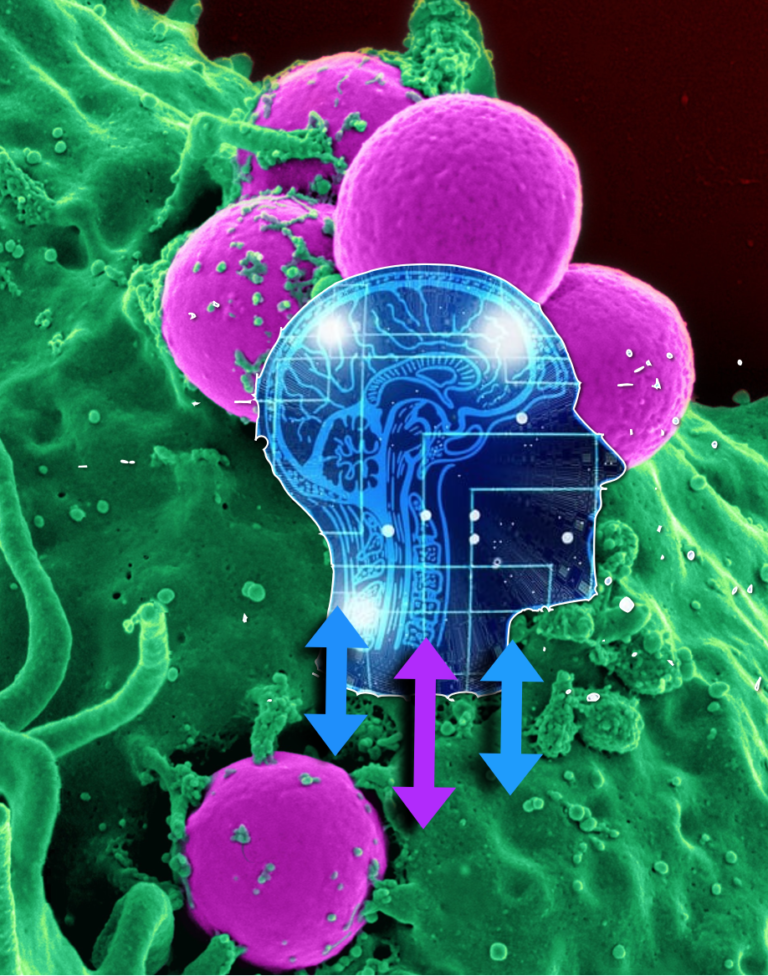
Chicks are the babies of the chicken world. Broody refers to a hen’s hormonal cycle in which maternal instinct supersedes aggressiveness. Chicks raised by a broody hen, experience less stress, adequate real time temperature control and do not suffer pasty butt (a potentially lethal condition where chick’s droppings dry and impede excretion).
The developing excretory organ of a chick (cloaca) is delicate. Harsh cleaning of this area can cause laying issues for adult chickens.
Studies have proven that hens interact with their environment and produce needed antimicrobials in the egg white. So, chicks from eggs hatched by local hens will be better prepared to face that particular environment’s micro-organisms.
See Eggtelligence.
See Eggtelligence.
Hens evolved interacting with the soil and obtaining micronutrients from soil microorganisms. In fact, chickens have such an intricate connection with soil that they need to ingest small quartz-type stones frequently for proper digestion of their food. Additionally, microorganisms in their intestines can synthesize vitamins that, in turn, will end up in their surrounding eco-system.
See First Things First: What lies beneath our feet
See First Things First: What lies beneath our feet
Modern chickens have been selectively bred to grow incredibly fast (broilers, within 6 weeks) or produce eggs almost daily.
An egg is such a nutrient dense food that if hens are not fed properly, to account for their selective breeding, they will start experiencing health problems.
One common nutritional deficiency in humans but even more common in chickens, is B complex vitamin deficiency. B-12, in particular, is synthesized only by bacteria and accumulates in animal tissue. B-12 is not synthesized by plants. This vitamin increases feed efficiency in chicks [1]. B-12 also improves egg hatching rate, but it is depleted more rapidly in hens with high protein diets [2].
Vit B-6 deficiency is associated with chick death around 4 weeks old, reduced weight and leg abnormality [3].
Vit B-2 (Riboflavin) has been associated with Tomaculous Neuropathy, (tomaculous: focal regions of sausage-like swelling) in sciatic and brachial nerves. The Neurological signs associated with this condition are lack of coordination, progressing to inability to extend their hocks and curled toe paralysis [4].
A hen obtains B vitamins from insects and worms in free ranged systems. In a depleted ecosystem, poultry range needs to be enriched with plants and mulch to attract pollinators and increase beneficial insect populations. A 2016 study demonstrated a widespread Thiamine (B-1) deficiency, causing mortality in wildlife populations such as birds, ray finned fishes and bivalves [5].
The benefits attained by breeder hens through a good diet, rich in bio-factors and antioxidants, also offered transgenerational benefits to their progeny chicks [6].
Heat stress is a common occurrence in modern poultry breeds. Adequate ventilation of poultry coops is as important as the quality of poultry feed. A large receptacle of water where poultry can dip their beak, or wet sand can alleviate stress. Heat stress can reduce immune function and increase inflammation. An essential trace element, Selenium, can help with heat stress [7].
Brazil nuts, in moderation, are an excellent source of Selenium.
Hens should have a dish with oyster shells that is continuously replenished. Modern breeds that lay almost daily need an abundant source of calcium. Calcium depleted hens will stop production of eggs after 10-14 days and their oviducts may experience marked atrophy [8].
Several studies have corroborated the heredity of resistance to diseases such as Marek’s disease [9].
References:
[1] M B Patel, J McGinnis Polt. Sci. 1980
[2] H. Yacowitz et al. Poult. Sci. 1951
[2] Theresa Blalock and Paul Thaxton. Poult. Sci. 1984
[3] Z. Cai, J.W. Finnie, and P.C. Blumbergs. Vet Pathol. 2006
[4] Lennart Balk et al. Sci. Rep. 2016
[5] Christina L. Swaggerty et al. Poult. Sci. 2023
[6] Yilin Yin et al. Biol Trace Elem Res. 2022
[7] Timo J. Nevalainen. Poult Sci. 1969
[8] F.G Proudfootand J.R Aitken. Poult. Sci. 1969
[9] Biggs et al. Poult. Sci. 1968. Kottaridis. (1969)
© Edenbumi/Hensense 2023
© Edenbumi/Hensense 2023



